Conditions You Should Meet for Free Use of Alibaba Fonts
Alibaba recently published a new type of fonts known as “Alibaba Puhui” and announced that its customers and people around the world are authorized to use the fonts for free. Actually, there are many legal risks in use of fonts. Let me tell you how to avoid or reduce these legal risks.
1.You can only use Alibaba Puhui fonts and cannot change them.
The legal statement on the platform of Alibaba fonts has made it clear that the fonts are free and can be used for commercial purposes but cannot be used by violating a law or published without due authorization. More importantly, Alibaba hasn’t given users the right to modify the fonts, unlike Siyuan fonts, another type of free open source fonts. The above legal statement①is as follows.
a.Alibaba Puhui (Chinese fonts in 5 weights) and Alibaba Sans (English fonts in 11 weights) are hereinafter collectively called Alibaba fonts and can be used for free by any individual and business for commercial and other purposes, provided that illegal use of such fonts is forbidden.
b.Alibaba (China) Co., Ltd. is owner of copyright in Alibaba fonts. No person or third party can upload, publish, reprint or sell such fonts.
c.To ensure that the fonts will not be altered and can be used safely, you should download the fonts from Alibaba-designated channels.
What legal consequences will happen if a user alters the fonts and uses the altered fonts on a picture?
In my opinion, if the user only uses the altered fonts on pictures instead of publishing them in a package of new fonts, the likelihood is very small that Alibaba will pursue the user’s liability. If they takes infringement action, the court may order the user to stop the infringement but may not award damages.
If Alibaba Puhui fonts, after being altered, are registered as a trademark, the situation may be difficult when action is taken to claim rights in them. The trademark is at the risk of being found as invalid on the ground of infringing copyright in the fonts. There are different opinions, which will be discussed below.
2.Not all free fonts of Alibaba are in unconditionally free use.
According to my searches, in addition to Alibaba Puhui published this time, Alibaba have licenses to fonts of other companies. For example, 45 Huakang fonts are in free use on Ali-platform and can be downloaded from the website of T-mall②.
However, these fonts are provided for businesses on Alibaba platform to make promotional pictures that can only be published on websites and apps of Ali-platform. Use of the fonts for any other purpose, including use of a font type file contained in the 45 Huakang fonts in a printed leaflet for your own Taibao store requires payment for an additional license from the provider of Huakang fonts or otherwise may result in infringement.
3.How to deal with claims arising from unauthorized use of fonts in commercial use?
As an intellectual property lawyer of internet businesses, I am often asked for advice on character banks, especially unauthorized use of font types in a character bank in promotional materials, with a complaint to the platform involved or an action brought. My usual advice is as follows.
a.Should disputed contents be removed if the complaint involves wechat, taobao, apple store or other platform?
Font providers nowadays have their own pythons that can capture pictures online and identify whether characters in them match their fonts. In case of an unauthorized use, they will send the user an infringement notice requiring payment of damages and purchase of the authorized version of the fonts. To better protect their rights, they usually complain to platforms, especially wechat, weibo, taobao and apple app stores.
People having received a complaint should, I suggest, remove disputed pictures containing unauthorized fonts as soon as possible and send a notice of receipt of the complaint directly to the platform. Some platforms could change pictures. Articles on wechat public accounts can only be removed entirely and published again because they cannot be modified.
Keep one thing in your mind that almost no platforms will punish users who have removed disputed contents by terminating and removing their accounts except for repeated or serious infringement, so when receiving a complaint from a platform for font infringement, if the fonts are used without due authorization, remove it as promptly as possible.
If you ignore the platform’s warning, according to my experience, it is likely that your account may be suspended or removed by the platform abiding by the safe harbour rule that online service providers could be exempted if they promptly remove disputed contents after receiving an infringement notice. If users ignore the platform’s warning, it might suspend their accounts, or it might be held jointly liable for the infringement.
b.What if right owners continue to complain after disputed contents are removed
After platform users under complaints remove disputed contents, many complainers continue to complain, ask for compensation and usually threaten users by saying that as a rule platforms should respect intellectual property rights and can terminate accounts of infringing people. In this case, should the users pay money to settle?
Based on my experience, in most cases, platforms won’t be involved in the matter of compensation and only deal with the issue of whether there are infringing contents on them. When the infringing contents on a platform are removed, the platform’s obligations are completely fulfilled. It is good if users are willing to compensate for it. If they refuse to compensate for it, right owners should sue to court and the platform wouldn’t terminate the user’s account on that account.
c.What if action is brought by a character bank company?
Development of a character bank is an intelligent work that needs a lot of money. As a basic rule, use of a font library or fonts in the library requires authorization from the library owner, or in other words, payment of money. I completely agree. If sued by a font library, according to rulings of well-known cases brought by font providers at home, font companies do not have big advantages. There are arguments available.
The first issue is about originality. Use of fonts in a character bank on a picture is an art work infringement under copyright law. The most important quality of art works is originality. Founder has a type of fonts called Xu Jinlei, of which each character was written by Ms. Xu and is of course original. Many fonts are produced by computer aided design so that not all of them are original and might not be accepted by court. For example, in Founder v. P&G case, P&G used Founder’s Qian fonts in its trademark “飘柔” without permission. Founder sued by claiming that the infringement should be ceased. The Beijing No.1 Intermediate Court finally decided to turn down Founder’s claim③. The main reason for the decision was that the words “飘柔” in Founder’s Qian fonts were not original and therefore not copyrightable.
Courts have different opinions on this issue. For example, in a similar case, Nanjing Court decided that the Shan fonts of Hanyi Company was an art work④.
Second, to defend against a claim for significant damages, you can argue that use of the character bank is not the main purpose for which users to use the product. In the Founder v.Blizzard and 9th City character bank infringement case, Blizzard and 9th City combined and incorporated five files in Founder’s character bank directly into the users’ software of the game World of Warcraft without due authorization. On that account Founder asked for RMB 400,000,000 or so as damages. The supreme people’s court found⑤ that the font library in dispute was not the purpose for which related game players purchased the users’ software and patches for the game in dispute and income from operating the game in dispute was not directly due to use of the font library in dispute in the game.
Therefore, in the absence of facts and legal basis, the court turned down the claim of Beijing Founder that the amount of damages in this case should be calculated on the basis of operating income from the game and the pieces sold of the users’ software of the online game World of Warcraft or by multiplying the unit price of each type of fonts in Founder’s Lanting character bank. The court finally awarded RMB 2,000,000, which was not a small amount but far less than that claimed by Founder.
Third, some fonts, for example, Weibei (inscriptions in tablets of the Northern Dynasties) fonts are in the public domain. If each single font is produced according to Weibei rubbings which existed more than a thousand year, the term of copyright in these fonts had lapsed a long time ago.
Finally, B&G and Blizzard were sued for infringement of a character bank and their liability were relieved due to appropriate defence. However, action is being taken to strength the protection of intellectual property rights. I can tell that authorities will be inclined protect owners of character banks and stop infringement when deciding and awarding damages in character bank infringement cases. In future character bank cases, big companies will have more difficulties.
②https://service.tmall.com/support/tmall/knowledge-13481414.htm
③http://rmfyb.chinacourt.org/paper/html/2011-07/15/content_30235.htm


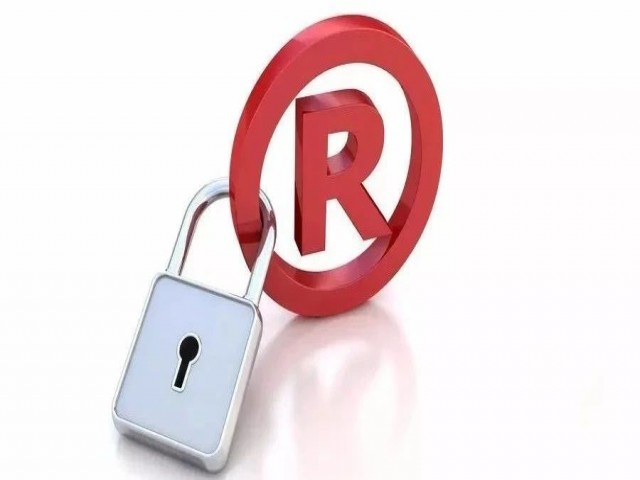

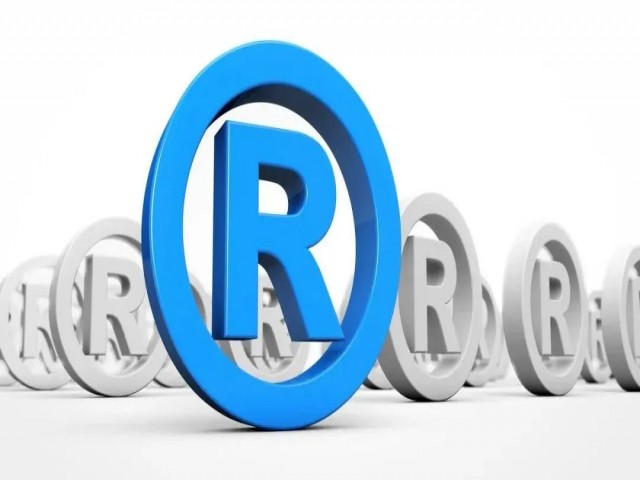




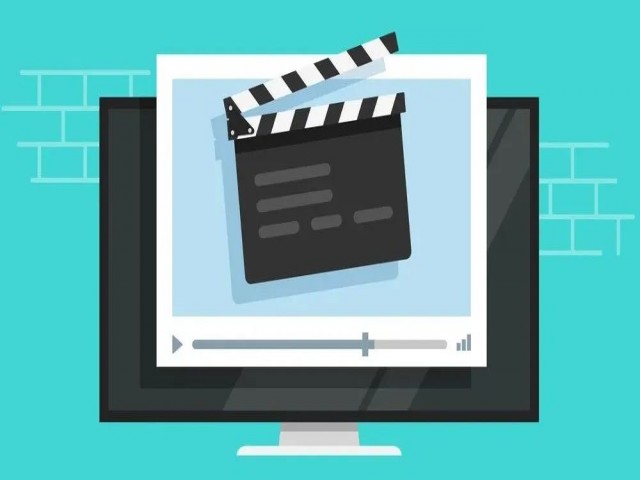

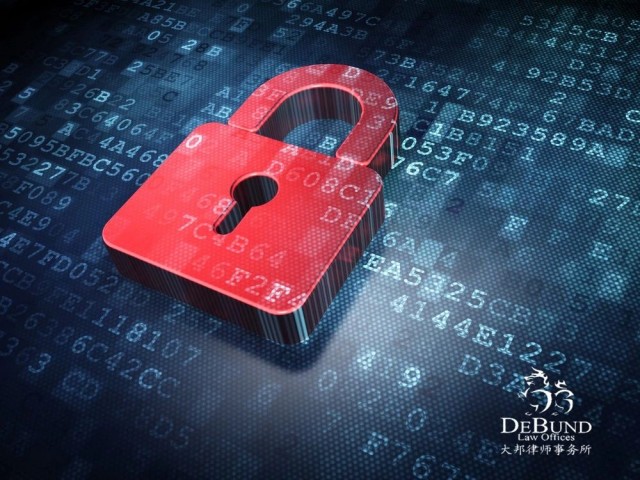
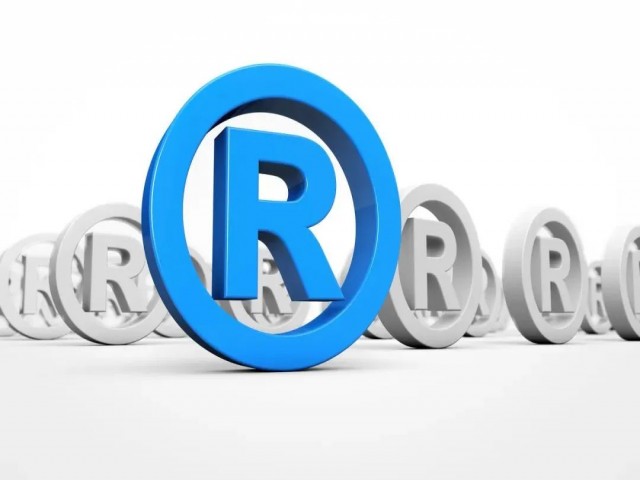
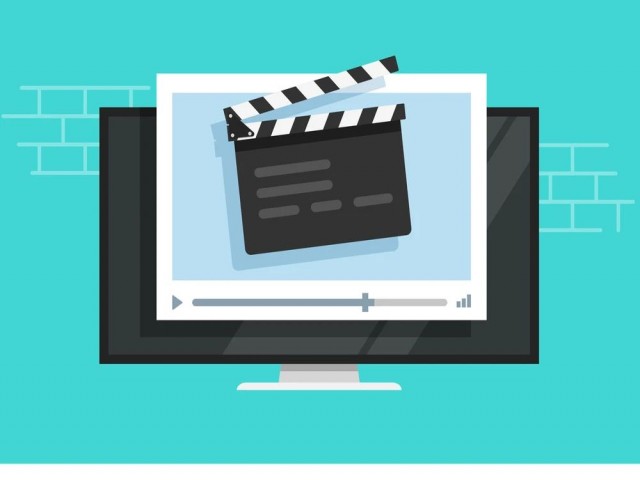
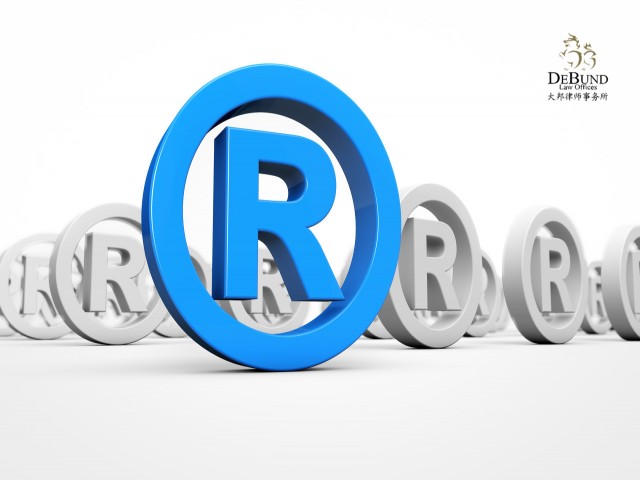
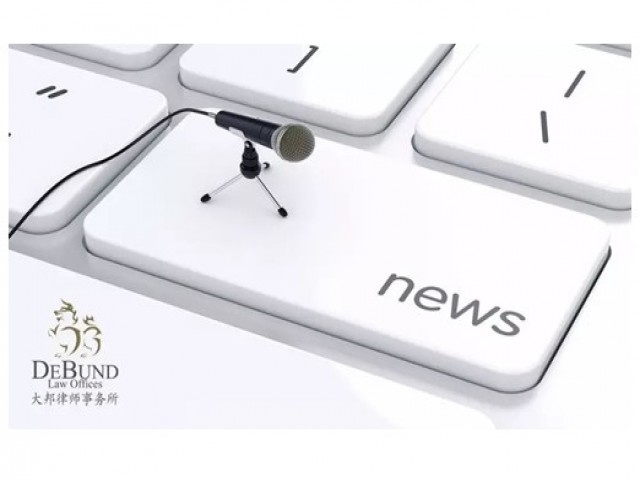


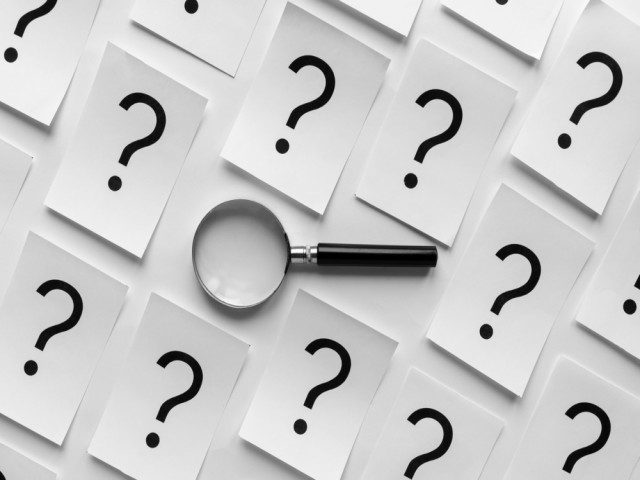

 沪公网安备 31010602001694号
沪公网安备 31010602001694号